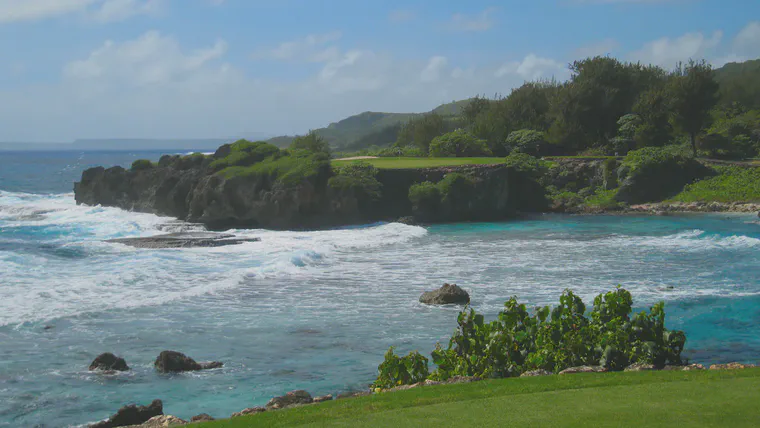Sodium and potassium as percentages or concentrations
I received an interesting question about some soil test results.
Hey Micah, I’m just looking at the soil test results again … is there anything to worry about regarding sodium (Na) being higher than potassium (K)?
My quick answer was no. But I’d looked at those test results the previous week, and I hadn’t noticed the Na being higher than K. What was going on? I took another look at the results.

These are Mehlich 3 test results for bermudagrass greens and fairways growing in sand-based rootzones. The samples were collected to a 10 cm depth.
| Course area | K (mg/kg) | Na (mg/kg) |
|---|---|---|
| Greens | 55 | 49 |
| Fairways | 124 | 84 |
That’s what I had noticed previously, that potassium was fine, well above the MLSN minimum, and the sodium didn’t seem high at all. In fact, as Table 1 shows, the Na is lower than the K.
I don’t look at the percentage values on soil test reports, so I didn’t even realize the % results, shown in Table 2, actually flip things around.
| Course area | K% | Na% |
|---|---|---|
| Greens | 3 | 4.5 |
| Fairways | 3.9 | 4.5 |
When those same results are expressed as percentages, based on the sum of extracted cations to estimate the cation exchange capacity (CEC) and using that as the denominator, Table 2 now shows that there is apparently more Na than K.1
This is not something to worry about with bermudagrass when soil Na is this low. Bermudagrass can perform well even with actual Na (not percent) at more than double the K.
After looking at these results, this was my reply.
That’s no concern for me. Maybe at 200 or more ppm for warm-season grass I start to ask the question if it might be something to think about. The percentage can be misleading. I can’t remember ever using it. I can’t think of a good reason to except in the case of trying to assess sodic soil conditions, where you’d use 15% or more Na as a criterion. But I wouldn’t use Mehlich 3 for that sodicity assessment, although I might look at it for further testing in that one case.
For cool-season grasses, I’d be looking at 110 ppm Na as a maximum, based on the PACE Turf recommendations related to rapid blight.
The result works out this way because K and Na have different molecular weights. One mole of Na has a mass of of 23 g. One mole of K has a mass of about 39.1 g. Expressing these elements in terms of charge is the reason for the results changing from Table 1 to Table 2. ↩︎